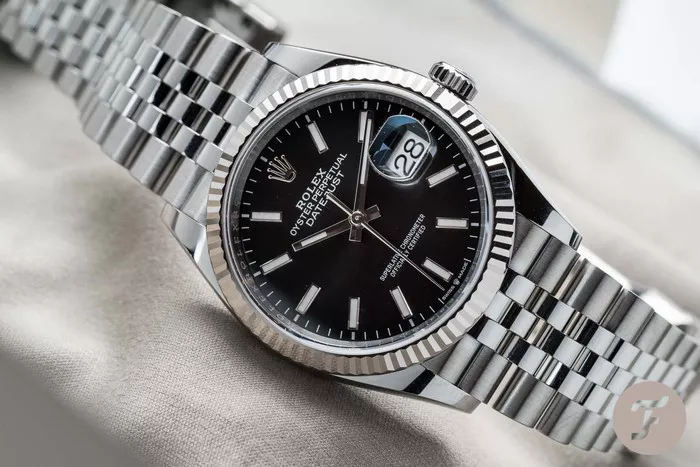The Rolex Datejust, one of the most iconic watches in the brand’s history, has been a symbol of timeless elegance and precision since its inception in 1945. Understanding the price of the Rolex Datejust in 1980 provides insight into the watch’s value evolution, the economic context of that time, and the factors influencing its cost. This article explores the various aspects of the Rolex Datejust’s price in 1980 in detail, examining historical pricing, economic factors, and the watch’s significance in the context of its time.
Historical Context of Rolex in 1980
To understand the price of the Rolex Datejust in 1980, it is essential to look at the broader historical and economic context. The 1980s was a decade marked by significant economic and political changes, which influenced the luxury goods market, including high-end watches.
Economic Landscape
In the early 1980s, the global economy was experiencing a period of recovery following the recession of the late 1970s. The economic conditions were characterized by:
Inflation: High inflation rates were prevalent during this period, which affected the prices of luxury goods.
Currency Fluctuations: Changes in currency exchange rates influenced the pricing of imported goods, including watches.
Economic Policies: Government policies in various countries impacted consumer spending and the luxury market.
Rolex’s Position in the Market
Rolex, as a leading luxury watch brand, maintained its reputation for quality and precision. In 1980, Rolex continued to focus on craftsmanship and innovation, which contributed to the brand’s prestigious standing in the market.
Price of Rolex Datejust in 1980
To determine the specific price of a Rolex Datejust in 1980, we need to consider several key factors, including model variations, materials, and inflation adjustments.
Rolex Datejust Models
In 1980, the Rolex Datejust was available in several models and configurations, each with varying prices. Key models included:
Rolex Datejust Ref. 1601: A classic model with a stainless steel case and various dial options.
Rolex Datejust Ref. 16030: Featuring an upgraded movement and a more modern design.
Rolex Datejust Ref. 1625: Known for its distinctive design and premium materials.
Pricing by Material
The price of a Rolex Datejust in 1980 also varied based on the material used in the watch:
Stainless Steel: Generally the most affordable option, with prices typically ranging between $1,000 and $2,000.
Gold: Solid gold models, including yellow and white gold, were significantly more expensive, with prices ranging from $3,000 to $5,000.
Rolesor (Gold and Steel): Combining gold and steel, these models were priced between $2,500 and $4,000.
Factors Influencing Price
Several factors influenced the price of the Rolex Datejust in 1980:
Materials: The choice of materials, including stainless steel, gold, and Rolesor, affected the price.
Model Variations: Different models and configurations, such as the presence of a fluted bezel or diamond markers, contributed to price differences.
Market Demand: The popularity and demand for Rolex watches influenced their pricing.
See Also: Datejust Vs Datejust II: What’s The Difference
Adjusting for Inflation
To accurately understand the historical price of the Rolex Datejust in 1980, it is essential to adjust for inflation. The following estimates provide an adjusted view of the 1980 prices in today’s terms:
Stainless Steel Models: Adjusted for inflation, the 1980 price of $1,000 to $2,000 would be approximately $3,000 to $6,000 today.
Gold Models: With an original price of $3,000 to $5,000, the inflation-adjusted price would be around $9,000 to $15,000.
Rolesor Models: Prices in 1980 of $2,500 to $4,000 would equate to roughly $7,500 to $12,000 today.
Rolex Datejust’s Value Over Time
The Rolex Datejust has experienced significant appreciation in value over the decades. Factors contributing to this include:
Historical Significance: As a classic model with a long history, the Datejust’s value has increased over time.
Market Trends: The luxury watch market has seen a rise in the value of vintage Rolex models.
Condition and Rarity: Well-preserved and rare models command higher prices in the vintage market.
Conclusion
The Rolex Datejust of 1980 reflects both the economic conditions of the time and the enduring appeal of Rolex’s craftsmanship. The price range of the Datejust, influenced by materials and model variations, provides insight into the luxury watch market of that era. Adjusting for inflation highlights the appreciation in value that Rolex watches have experienced, further underscoring their status as timeless investments.

